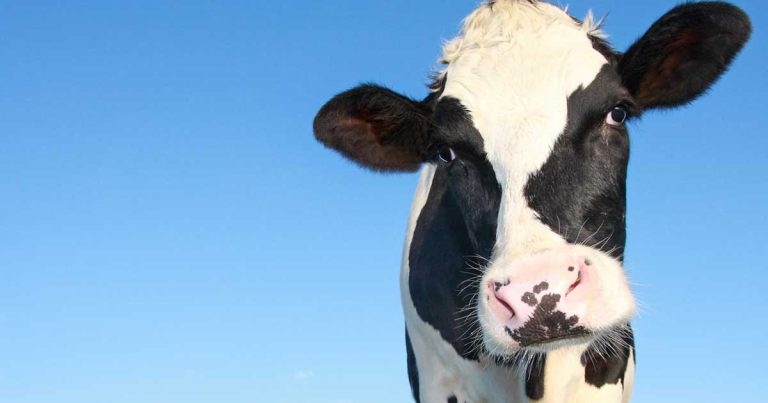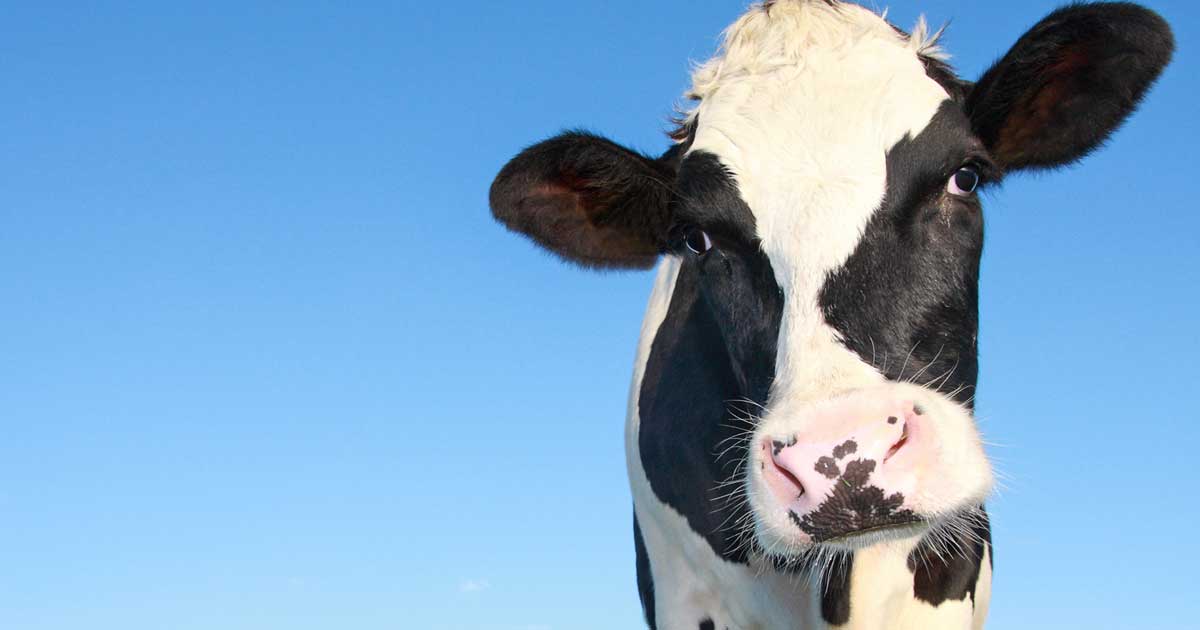6 Mar 2023
What can English vets learn from Scotland’s BVD scheme?
Iain McCormick outlines some of the steps that can be taken to eradicate this endemic disease from the national herd.

Image: © Per Tillmann / Adobe Stock

After a period of voluntary testing, Scotland introduced a compulsory BVD eradication scheme in 2013. At this point, the disease exposure level was estimated at 40% (BVD not-negative herds).
Some 8.8% of holdings are now classified as BVD not negative, which shows how progress can be made using a compulsory eradication scheme to decrease an endemic cattle disease such as BVD.
One of the great benefits of the scheme is that the BVD status of every holding is known; many are negative and this has, ultimately, led to overall improvements in cattle health and welfare. Eliminating BVD from some farms has seen benefits, with lower levels of calf pneumonia in particular.
The latest stage – known as phase five – began in December 2019. This phase introduced several new measures to help the country towards the goal of being BVD-free.
At the time of writing, 21 known live persistently infected (PI) calves were recorded in Scotland, on 14 different holdings, compared with 187 on 57 farms at the beginning of phase five. This is excellent progress; however, 21 PIs is still too many. Removing PI cattle, which act as a reservoir of infection, is critical to the success of any eradication scheme.
One important aspect of phase five was the introduction of compulsory BVD investigations (CBIs) on any holding with a BVD not-negative status for more than 15 months.
Various reasons exist for why a farm might be BVD not-negative. This could be due to paperwork errors, missed or overdue tests, insufficient tissue (ear notch) samples being submitted and not being subsequently retested, or the results of the most recent serological check tests showing evidence of seroconversion to BVD. The CBI aims to promptly ensure that a BVD status is assigned to every animal on that holding.
Just less than 500 herds have entered a CBI since they were introduced; 65% of these farms have now completed their respective investigations. However, vets have found that for some farms – particularly some of the large dairy units that are calving all year round – it can be a real logistical challenge to have a specific time point where all animals have a known status.
Discussions are already happening as to what measures may be introduced in phase six of the scheme. It may be that stricter movement restrictions are introduced, such as those already in place on BVD-positive farms, which prevent cattle from moving on to the holding and off. These additional measures may force non-engaging farms to push BVD testing up their priority lists; undiagnosed BVD could, therefore, be present in this small number of non-engaging herds.
So, what can English vets, looking to work with their clients to ensure their herds are BVD free, learn from the Scottish experience?
Common causes of BVD breakdowns
Regarding common causes of BVD breakdowns, herds in “negative by-chance” units – or farms that are currently BVD-negative, but only due to luck – may have poor biosecurity, such as nose-to-nose contact with neighbouring herds or workers regularly visiting other farms.
In many cases, they are not vaccinating their breeding herd against BVD and are often entirely naïve. If BVD is unwittingly introduced, it can have devastating consequences, as many practitioners will have witnessed.
“Trojan cows” are responsible for several BVD breakdowns in unsuspecting herds each year. These risky pregnant females, carrying a PI calf, can cause havoc.
Working hard with clients so they avoid buying “Trojan cows” is important; this could mean an in-depth discussion around the risks and looking at potential alternative strategies for their herd.
Having a robust quarantine testing protocol is a good start, but tag-testing the calf as soon as possible after birth is also highly recommended, irrespective of the health status of the farm of origin.
False negative results can occur with antigen ELISA tissue tests in the presence of maternally derived antibodies in these calves due to the dam’s strong immune response, so it is advisable to ensure clients tag-test very early in life. Many find that if they understand the reasons for this, it’s an easier case to make.
Ideally, the farmer should isolate the dam and her new calf from the rest of the herd until they have both been tested, and negative results are known. Not adhering to this advice had been the cause of several spectacular BVD breakdowns in Scotland.
Using tests robustly
BVD antibody check tests are designed to detect a 50% seroprevalence in a group, with 97% confidence and assuming the test sensitivity of the antibody ELISA test is greater than 95%.
Each separately managed group must be surveyed. This is an ideal opportunity to ensure that no BVD incursion on the cattle holding has occurred since the past check test. Testing five unvaccinated, 9-month-old to 18-month-old, home-bred calves per group is ideal if they have been housed together for more than two months.
Working in collaboration with cattle keepers to ensure all separately managed groups are correctly identified and tested is vital. When dealing with larger management groups, sampling a more significant number of eligibly aged animals will represent the herd status more reliably.
For management groups larger than 50 animals, it is recommended 10% should be sampled.
The temptation exists to cut corners and not stick to these rules – especially if a less engaged farm client feels testing all groups is just added cost. But it is a false economy as BVD incursions just get missed, and the opportunity for a proper, rigorous, timely investigation is delayed.
The antibody ELISA tests have a high sensitivity and specificity – the specificity being the most critical aspect of an eradication scheme. Nevertheless, no test can perform at 100% sensitivity and specificity in field situations, and this should be remembered when explaining unusual or unexpected BVD results to our farm clients.
As Scotland moves to the next stage of its eradication scheme, the advisory committee is keen to address many of the pitfalls discussed in this article. Continued effort must be placed on engaging and communicating with farmers about the importance of BVD eradication and control.
Further sanctions will need to be placed on non-engaging units, and the issues around inadvertently purchasing a “Trojan cow” will be highlighted. Ultimately, our end goal of a BVD-free nation is possible, but only if all devolved nations work together to achieve this aim.
- Before the test, a refresher on BVD and how it spreads within a group can be helpful; Scotland has an excellent online CPD module.
- Explain to the farmer why testing the right number of animals from each management group is important.
- Check the cattle have been housed together for more than two months.
- Walk round the farm with the farmer to agree management groups before getting cattle into the crush.
- Test five unvaccinated, 9-month-old to 18-month-old, home-bred calves per management group, or 10% if 50 or more in the group.
